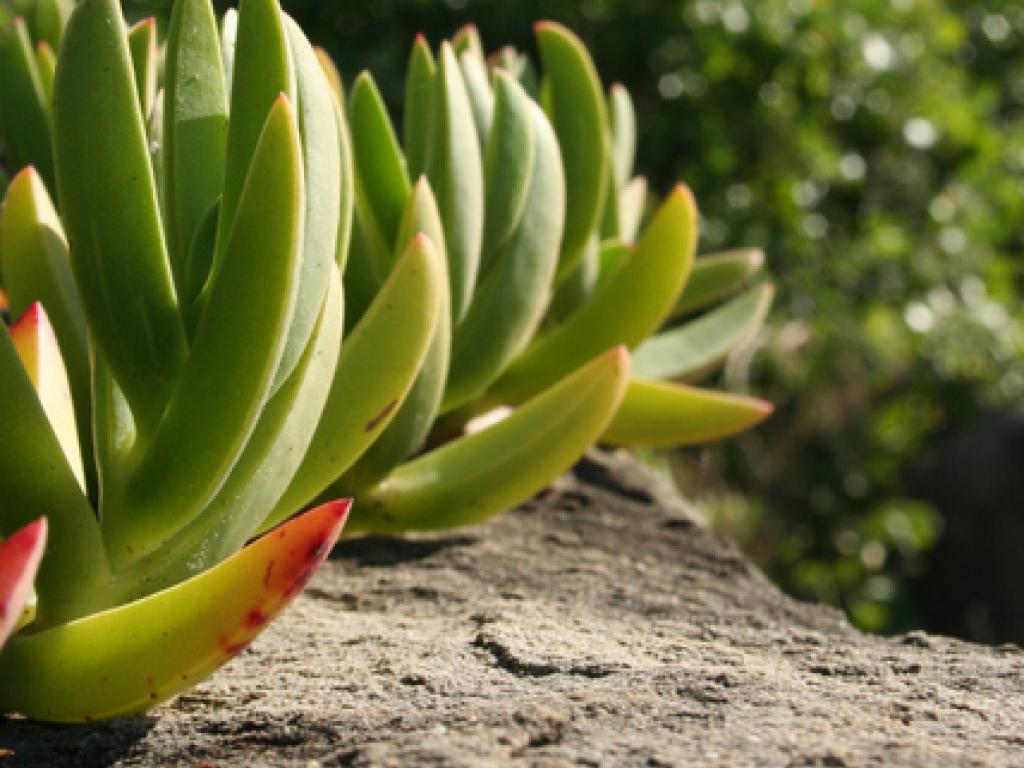Land Use and Sustainable Development

While the biodiversity of the succulent karoo biome has been relatively well-studied, little is known of the impact of different land use practices on the species and ecosystem services of the region. This programme is comprised of several diverse projects concerned with the dynamics and processes characterizing the succulent karoo. Much of the activity is centred on the broader Namaqualand region with a significant focus on the Kamiesberg and the village of Paulshoek where research first began in 1995. Several long-term data sets have been maintained over the period including detailed records of rainfall, plant phenology, livestock and crop production. The site is visited monthly and several people from the village have been employed over this period to maintain the datasets. Numerous Honours, MSc and PhD-level studies have been undertaken in the village. A number of studies have also been started in Paulshoek and have then extended to investigate land use and sustainability of relevance to the wider Kamiesberg and Namaqualand region. Because of our long-term involvement in Paulshoek we have developed productive collaborative relationships with colleagues in other departments at UCT including Applied Maths, Chemistry and Anthropology. The development of a livestock production model for the region has been an especially fruitful collaboration with several publications in national and international journals.
A number of international programmes have funded our research activities in Namaqualand including two EU-funded projects (Maposda/WADE) and the very successful BIOTA project which ran for nine years in the region. BIOTA built on our background and expertise in Paulshoek to establish two long-term observatories in the area. Our expertise in Namaqualand also resulted in a Special Issue of the Journal of Arid Environments in 2007 and was determined in part on a collaborative relationship we had established between ourselves and colleagues from the ARC and UWC. It also provided the platform for the publication of a 3-volume synthesis of BIOTA’s long-term programme in the western part of southern Africa.
While there has been considerable focus on Namaqualand we have also worked in parts of the Little Karoo including on a private nature reserve called Sanbona. Our focus in this area has been on land degradation and the impact of indigenous wildlife species, including elephants, on the vegetation of the Little Karoo.